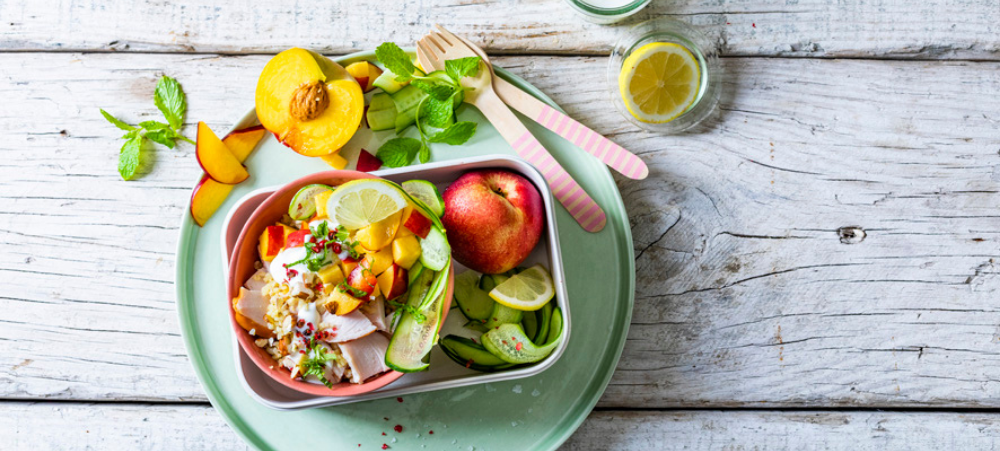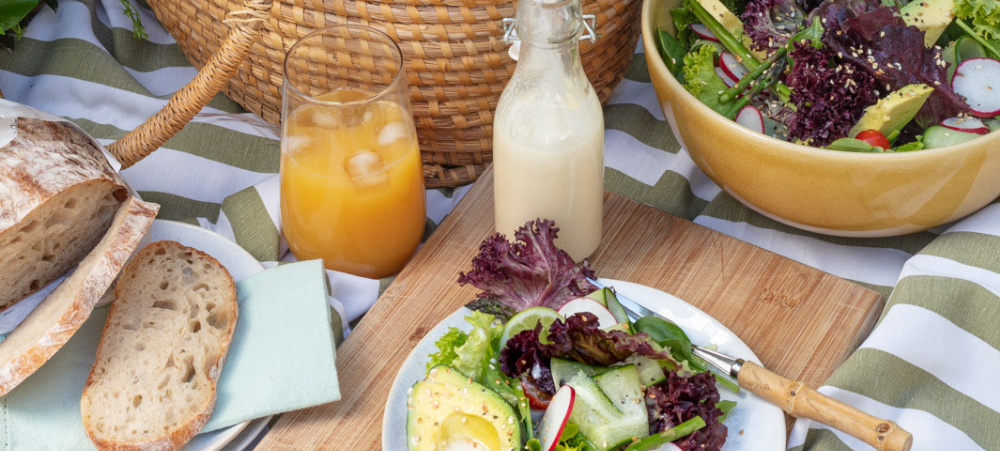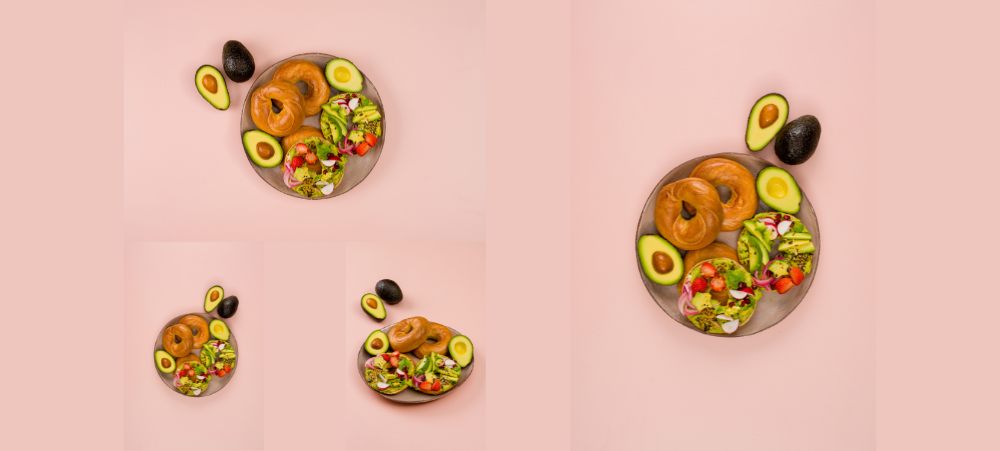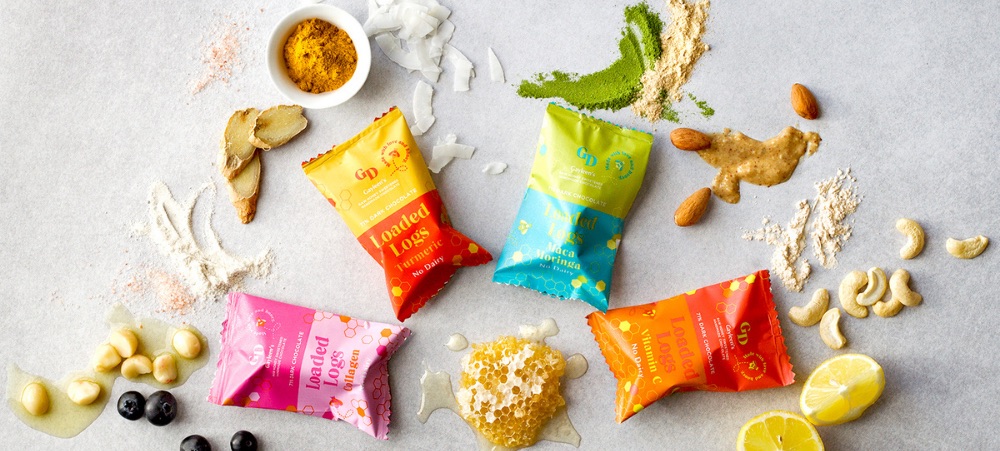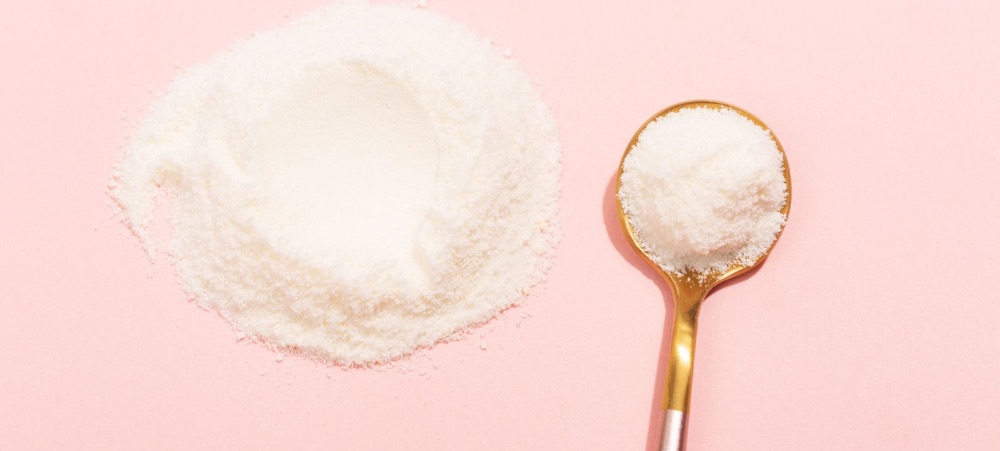
Vitamins to support kids in school
Boost your child’s immunity for the new school year with NutriPure Kids range of gummy vitamins The new school year usually brings about a mix of emotions for parents and children. Excitement, anxiety, apprehension, and relief are just some of the feelings that come into play this time of the year. And while it’s normal for a new school year to be met with a little bit of anxiety, the experiences of the past two years have resulted in heightened anxiety among a lot of families. The pandemic has put the schooling system, teachers, and families under immense pressure, with fewer school days each year, virtual learning, and more work to cover in a shorter amount of time. Children haven’t been able to spend time with their friends, their sports and recreation clubs were cancelled and they have had to spend more time cooped up at home than ever before. That’s a lot for any adult to deal with, so imagine how big of an effect it has on a child! With the new school year in full swing, it’s important to ensure that children are getting all the nutrients they need to function optimally while navigating the demands of the school year. Good nutrition, exercise, and naturally sourced supplements can help support focus, brain function, attention span, energy levels, and mental wellbeing. There’s an important factor to consider now that the kids are back in the classroom, and that is their immunity. Due to their young immune systems and their proximity to one another, children are prone to picking up colds and flu. With the added threat of Covid-19, it’s important to ensure that their immune systems are geared up to fight off whatever viruses they may be exposed to. Some of the most important nutrients they will need, include: Vitamin C Vitamin C is a nutritional multi-tasker, responsible for everything from the development of healthy bones and teeth, wound healing, collagen production, and supporting the nervous system. It’s also one of the most important nutrients for one’s overall health. It is a powerful antioxidant that can boost a child’s immunity and help the body fight off viruses. Vitamin D Vitamin D is an important nutrient for bone and muscle health, as it helps the body absorb calcium and phosphate, which are both essential for strong bones. Recent studies have also shown that this vitamin plays a major role in building and maintaining a child’s immune system and protecting them against colds and flu. Vitamin B12 Vitamin B12 is essential for maintaining the health of blood cells and nerves and also promotes healthy growth. It also supports the normal functioning of the immune system. Probiotics Probiotics promote healthy gut bacteria, which aids absorption of nutrients and support the body’s digestive functions. They also help fight off “bad bacteria” in the stomach, which can lead to diarrhoea and other gastrointestinal problems. Supplements are not a substitute for a balanced diet, and should only be used to top up any nutrient shortfalls in people’s diets. Help boost your child’s immunity with a good quality supplement that is free from preservatives and artificial additives. NutriPure’s range of gummies makes it easy and fun for kids to get their vitamins and minerals: NutriPure Kids Vitamin C (R110.00) Each of these yummy gummies gives your child 80 mg of vitamin C, which is equivalent to the recommended daily amount. NutriPure Kids Multi-Vitamin Complete (R110.00) These multivitamin gummies offer a complete health supplement that contributes to the normal function of children’s immune systems and the normal function of many other systems in the body contributing to general wellbeing. NutriPure Kids Immune Support+ (R110.00) NutriPure Kids Immune Support+ gummies contain a unique blend of essential vitamins and minerals that contribute to the normal function of the immune system. Vitamin C, B6, and B12 help to metabolize carbohydrates, fats, and proteins and are essential in the maintenance of good health. NutriPure Kids Vitamin D (R109.00) NutriPure Kids Vitamin D gummies contribute to normal bones, teeth, and the immune system. This supplement supports the normal function of the immune system, the maintenance of bones and teeth, normal muscle function, and the absorption of calcium and phosphorus. NutriPure Kids Probiotic (R153.95) NutriPure Probiotics are formulated with Bifidobacterium infantis & Lactobacillus rhamnosus, two scientifically tested bacteria strains that promote healthy gut bacteria. While nutrition is important all year round, the start of a new school year calls for some extra attention to our children’s health. Trust NutriPure to provide your children with all the immune-boosting nutrients they require. What sets NutriPure Kids products apart from other supplements? NutriPure gummies are made using real fruit juice, making them extra soft and juicy. Gluten-Free No Artificial Flavours No Artificial Colours No Milk, Wheat, Eggs, Nuts No Artificial Sweeteners No GMA ingredients No Preservatives NutriPure products are available at Clicks, Dis-Chem, Takealot.com, Faithful to Nature, Spar and Pick n Pay. Website: www.nutripure.co.za



